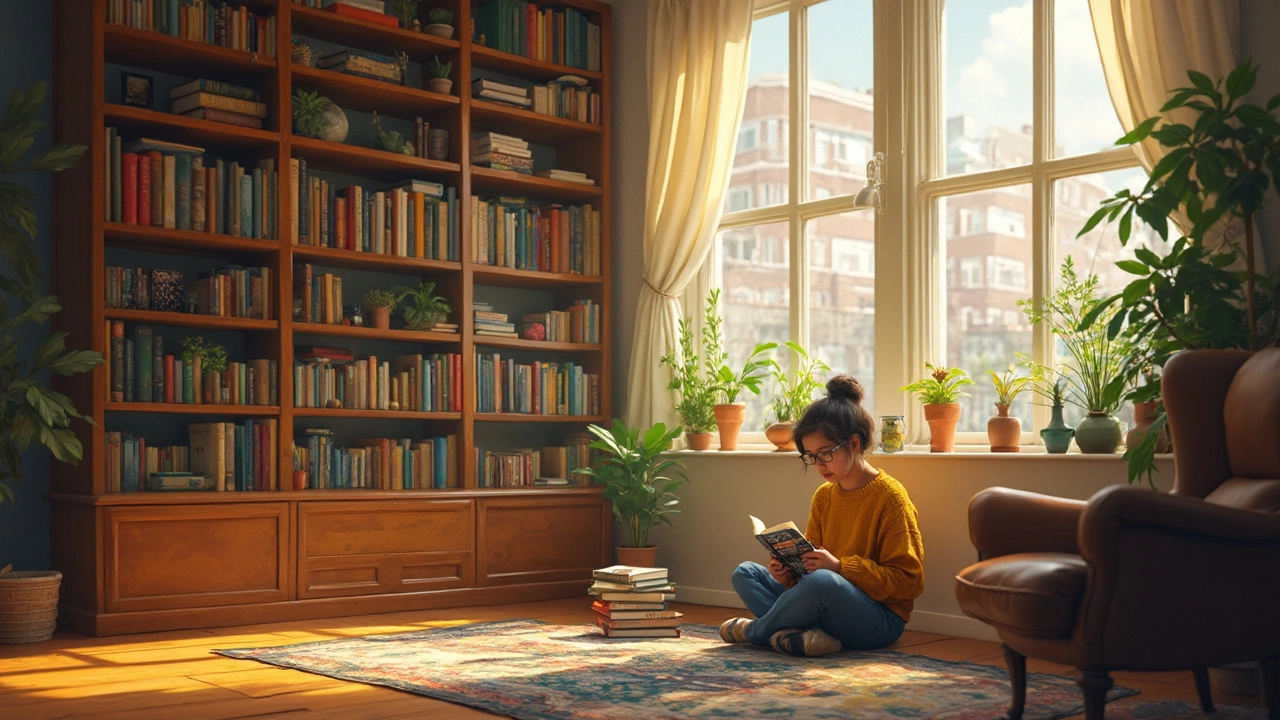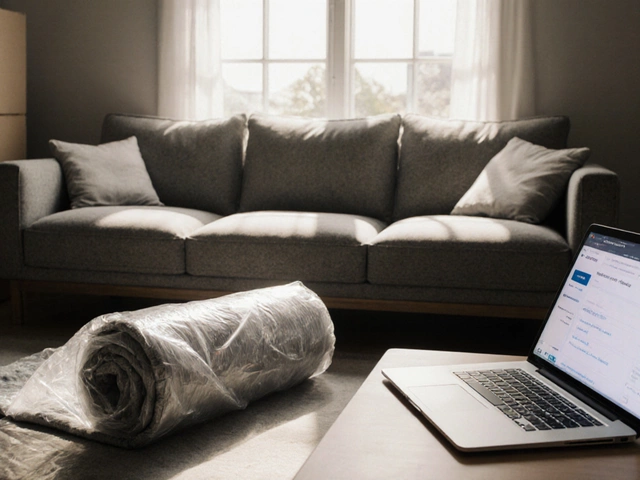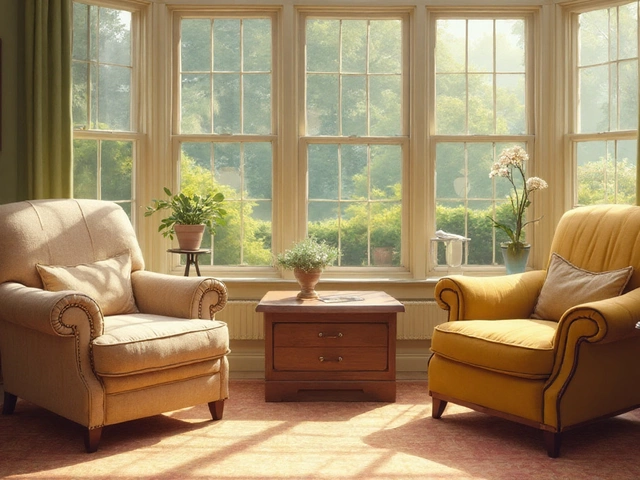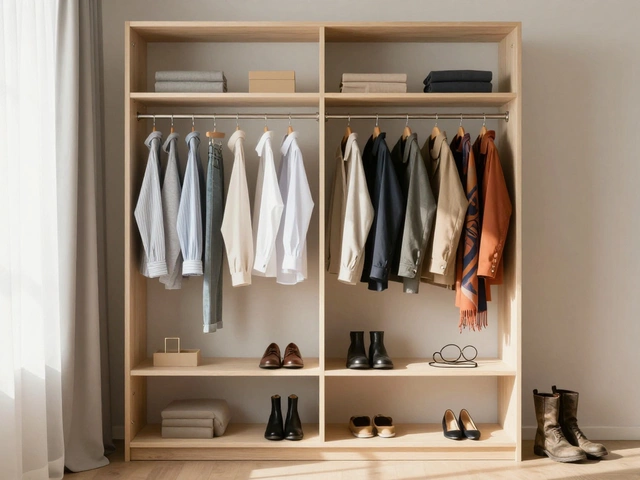Decluttering Made Easy: Smart Storage Ideas for Classrooms and Homes
Got piles of books, toys, or stationery everywhere? You’re not alone. Most of us end up with more stuff than we need, and the clutter can slow down learning and work. The good news? A few simple moves and the right furniture can turn chaos into a tidy, functional space.
Start With a Quick Sweep
Before you buy anything, spend 10‑15 minutes walking through the room and pulling out anything that doesn’t belong. Put it in three boxes: Keep, Donate, and Toss. This fast filter removes obvious junk and lets you see exactly what you have left to store.
When you’ve cleared the obvious clutter, group similar items together. Books go with books, notebooks with pens, toys with toys. Seeing the totals helps you decide how much storage you actually need.
Choose Storage That Fits the Space
Now think about furniture that does double duty. A sturdy desk with built‑in drawers can hold textbooks, a laptop, and a few personal items without taking extra floor space. Open shelving is great for fast‑access items, while closed cabinets hide away less‑used supplies.
In classrooms, modular storage units let you rearrange shelves as the year changes. In a home office, a rolling cart can slide under the desk when you need more room and roll out when you need extra surface.
Don’t forget vertical space. Tall bookcases use the height of a room, leaving the floor clear for movement. Adding a few bins on top creates quick‑grab zones for items you use daily.
If you’re on a budget, repurpose old furniture. A refurbished wooden crate works as a stylish side table with storage underneath. A simple coat rack can double as a place to hang bags, scarves, or even rolled‑up blankets.
Label everything. A quick label on each bin or shelf tells anyone where things belong, reducing the chance of new clutter building up. Use clear stickers or a label maker—both are cheap and fast.
Make a habit of a 5‑minute end‑of‑day tidy. Before you leave the room, grab any stray items and put them back in their designated spot. This tiny routine keeps the space orderly without a big time commitment.
Lastly, think about the flow of the room. Arrange desks and chairs so there’s a clear path to the door and windows. Open pathways improve focus and make the space feel bigger, even if the square footage stays the same.
With these steps—quick sweep, smart storage choices, labeling, and daily tidy‑ups—you’ll see less mess and more room for learning. Decluttering isn’t a one‑time project; it’s a habit that makes any environment more comfortable and productive.





